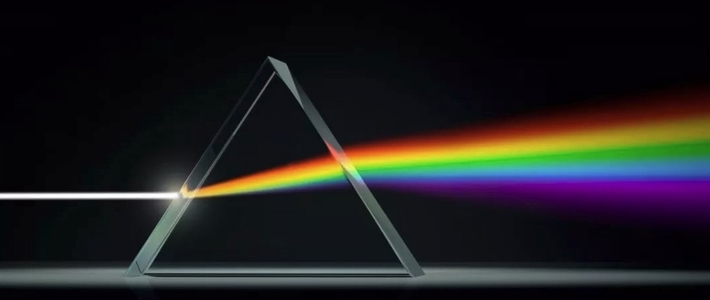Right-angle prism
illustrate:
Right angle prisms are usually used to turn the optical path or deflect the image formed by the optical system by 90 °. According to the different orientation of the prism, the imaging can be consistent from left to right and reversed from top to bottom, which is different from left to right. Right angle prism can also be used in image combination, beam offset and other applications.
When a right angle prism is used, it is usually plated with antireflective film and reflective film. The right angle prism itself has a large contact area and a typical angle of 45 ° and 90 °. Therefore, compared with ordinary mirrors, the right angle prism is easier to install and has better stability and strength to mechanical stress. They are the best choice of optical components for various devices and instruments.
The types and general data are as follows:
| parameter | Right-angle prism | Penta Prism | Dichroic prism | Roof prism | Special-shaped prism | Dove prism |
Angle error | ±3′ | ±3′ | ±3′ | ±3′ | ±3′ | ±3′ |
Effective aperture (%) | 90% | 90% | 90% | 90% | 90% | 90% |
Dimensional tolerance | -0.1mm | -0.1mm | -0.1mm | -0.1mm | -0.1mm | -0.1mm |
Surface roughness | λ/10 | λ/10 | λ/10 | λ/10 | λ/10 | λ/10 |
Surface Quality | 40/20 | 40/20 | 40/20 | 40/20 | 40/20 | 40/20 |
Surface accuracy | λ/8 | λ/8 | λ/8 | λ/8 | λ/8 | λ/8 |
Substrate | Ordinary optical glass, K9, ZnSe, etc. | |||||









